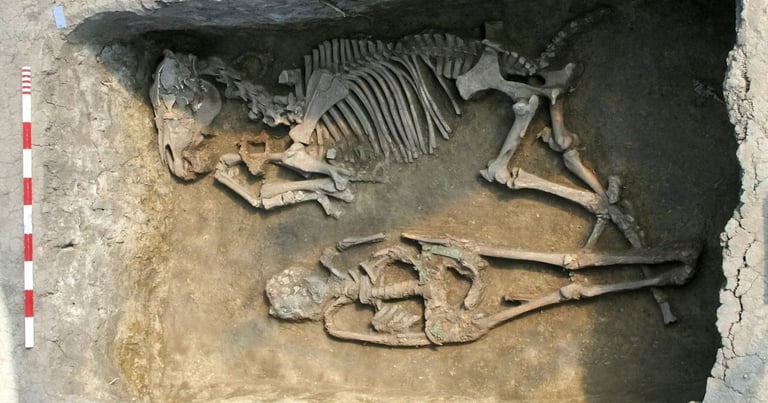Revealing Ancient Avar Society: DNA Study Transforms Understanding of European Ancestors
May 12, 2024
A new genetic study on the Avars, a nomadic group from eastern central Asia, is reshaping our comprehension of ancient Carpathian Basin societies.
The study, using ancient DNA, constructed detailed Avar family trees, uncovering kinship and social structures in place from the 6th to 9th century CE.
Findings show Avar communities were patrilineal, with men staying within their birth community and women forging social connections via marriage.
The research suggests shifts in Avar descent lines may correlate with historical political shifts in eastern central Europe.
This study is part of the HistoGenes project, which is backed by the European Research Council and plans to broaden its scope across the Avar dominion.
Future HistoGenes project goals include investigating the origins of women in Avar communities, studying ancient diseases, and refining the chronology of Avar archaeological sites.
Summary based on 1 source
Get a daily email with more Science stories
Source

Inverse • May 11, 2024
Ancient DNA Is Helping To Reconstruct Entire Bygone Societies